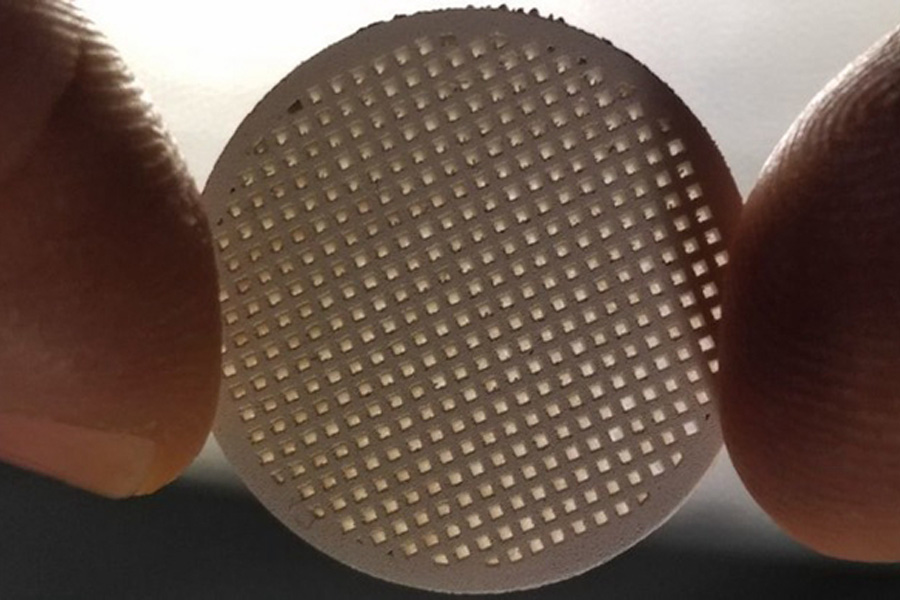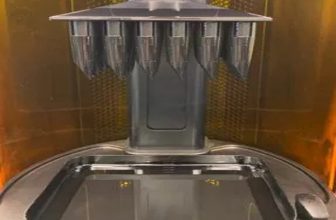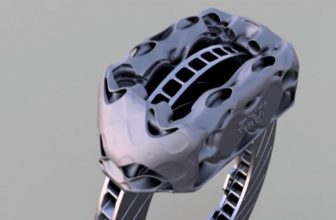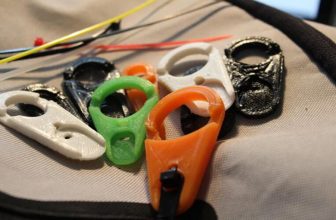
Most 3D printing materials are made of plastic, and the production of plastic is not a sustainable manufacturing process.
BASF, Dow Chemical, Shell, Eindhoven University of Technology and other institutions have jointly developed a zero-emission innovative green chemical additive manufacturing project called AMAZING, which seeks to develop 3D printing films and integrate them into the production process. Zhonglai makes plastic production more sustainable. The project has developed a new film-like material that can separate the by-products from the plastic production process and use them further.
As we all know, many plastics are made of ethylene and propylene, which belong to the group of unsaturated hydrocarbons called olefins. The raw materials for these olefins are alkanes, such as light gasoline and naphtha, which are decomposed in a thermal process called steam cracking that takes place in the reactor.
In this process, hydrogen is released as a by-product and must be separated laboriously before it can be used further. The steam cracking process requires a temperature of up to 850 degrees Celsius generated by burning fossil fuels, making olefin production one of the most energy-consuming industrial processes that generate large amounts of emissions.
The AMAZING project is seeking to make the production of olefins more sustainable by developing a membrane-based process that separates the products from the reaction process from the cracking process and makes them available for further use. In order to further reduce the emissions generated by this process, the reactor used in the AMAZING project will be heated by electricity provided by renewable energy.
Based on the number of steam cracking facilities currently in operation, the process of this project in Germany alone can save about 5.2 terawatt hours (TWh) of energy and 3,871 kilotons (kt) of carbon dioxide each year. Subsequently, compared with the fuel heating system, the developed process can save a lot of cost for the electric system.
Project partners will use 3D printing to create ceramic membranes and integrate them into reactors, which will be able to produce olefins and separate pure hydrogen at the same time. The 3D printing film has a catalytic function, which can reduce the dehydrogenation temperature of alkanes, thereby separating hydrogen from the product gas.
By deploying 3D printing to create a membrane, its surface, microstructure and chemical composition can be tailored specifically to the cracking process. Various characteristics of the membrane can be adjusted and optimized to improve the efficiency of the process, such as how well the membrane transports the separated hydrogen, and how the membrane effectively supports the separation of hydrogen from alkanes.
3D printing can also make membrane prototypes and components easy to test. If the technology proves to be suitable for large-scale use and is economically feasible, the partners believe that 3D printed membrane components can be produced on a commercial scale in the future.
In addition to improving energy efficiency, the proposed method also produces directly usable hydrogen, which was previously only used thermally as a by-product of the cracking process. To achieve this goal, the partners will create a hybrid conductive film (MIEC) that can remove hydrogen and can therefore be used as an energy carrier or chemical raw material.
The two processes proposed by the project also show application prospects other than olefin production, such as the use of sustainably produced hydrogen in other industrial processes or transportation sectors to reduce emissions, thereby supporting Europe’s goal of achieving climate neutrality by 2050 .
In order to prove the technical potential of its 3D printing film and thin film casting film, project partners will install its membrane reactor in the demonstrator to evaluate the feasibility of its large-scale use.





